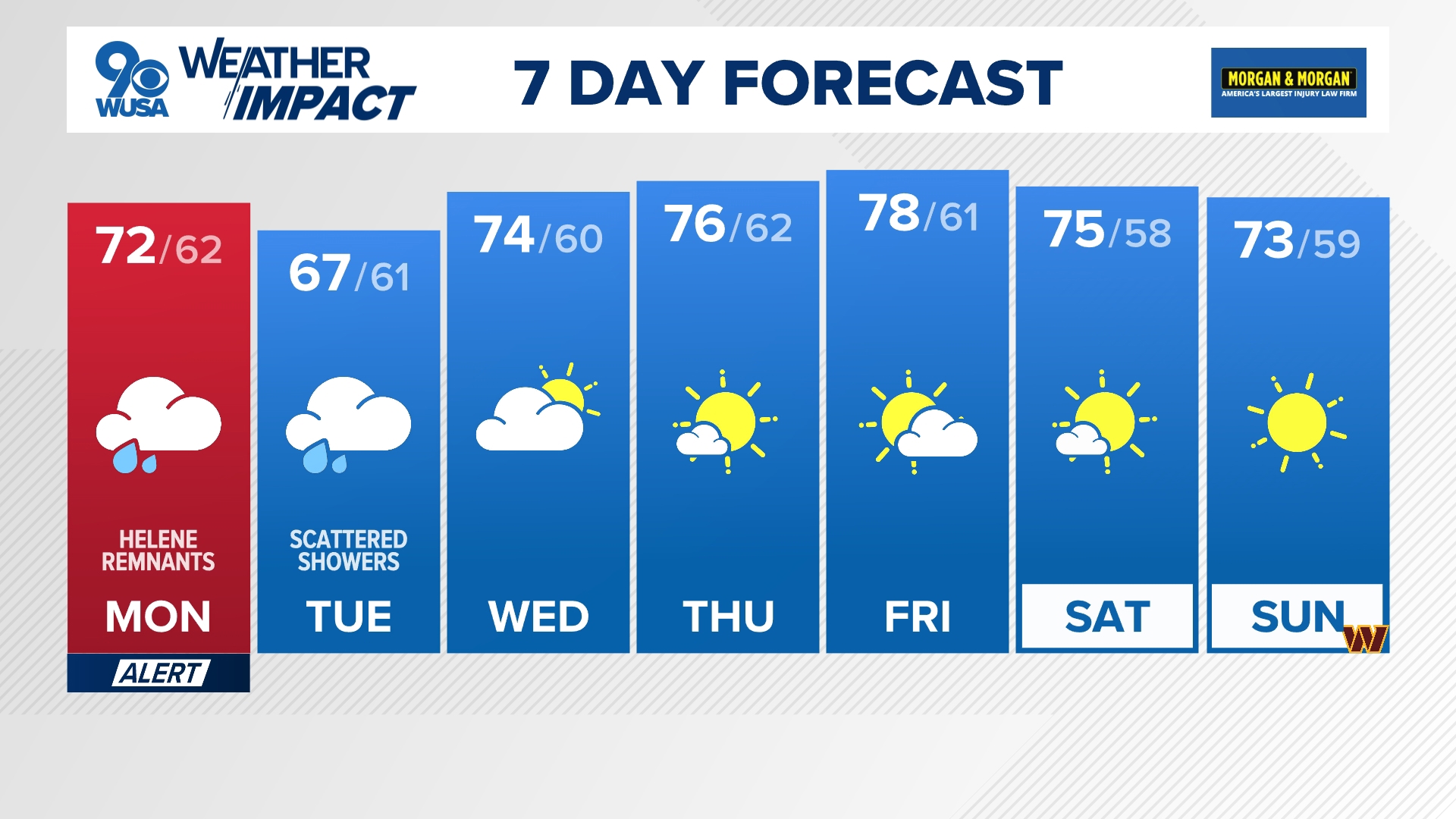In this installment of Anatomy of a Storm, we'll look at the sources of wind in a typical storm system.
In our first installment, we looked at atmsopheric pressure and how it gets lower as a storm system approaches. Wind happens because of differences in pressure, so it should not come as a surprise that storm systems create wind.
By the way, it's sort of amazing that we can feel something that we can't see, isn't it? Every time we feel wind, we are feeling air molecules hitting us. Something that is so tiny that we can't see it, even under a standard microscope, is so powerful that it can destroy buildings, flip automobiles, and stir gigantic waves if it is moving fast enough.
OK, back to why wind happens. Our atmosphere is never in balance, right? There are temperature differences, pressure differences, humidity differences, etc all over the world. Wind is one of the mechanisms that nature uses to try to restore the balance. Wind ushers air molecules from an area of relatively high pressure to an area of low pressure. When I visit schools around the Metro area, I explain it to the kids by talking about how the air molecules, when they're all crowded together, are trying to get to a place where they have more elbow room. When the molecules move around, we feel that movement as wind!
As you've figured out by now, storm systems have areas of greater imbalance than non-stormy areas. This is one of the reasons it tends to be breezier when there's a storm approaching. But that's only part of the story. The changes in temperature and pressure aren't just happening at the surface; they're also happening through the vertical structure of the storm. Updrafts and downdrafts are constantly circulating the air in a storm, and these winds can often add to the force of the wind in the plan view (plan view = parallel to the ground).
![Updraft downdraft [ID=15841033]](http://moc-assets-prod.gannett-cdn.com/-mm-/4044b1e7645488621f157de466cf1a990870caa2/r=500x333/local/-/media/WUSA/WUSA/2014/09/18/1411070884000-Updraft-downdraft.jpg)
Updrafts and downdrafts are especially noticeable in thunderstorms. This is probably not surprising to you, since thunderstorms are more dynamic that cloudy, showery days. Strong gusts of wind can come from the strong inward flow that produces the thunderstorm updraft. These updrafts can also create downbursts, which are the result of cold air aloft gettting nudged by an updraft, causing it to rapidly sink, since cold air is denser than warm air. The resulting wind gusts can be as strong as a tornado.
![power lines down [ID=15838259]](http://moc-assets-prod.gannett-cdn.com/-mm-/4044b1e7645488621f157de466cf1a990870caa2/r=500x333/local/-/media/WUSA/WUSA/2014/09/18/1411068355000-power-lines-down.jpg)


